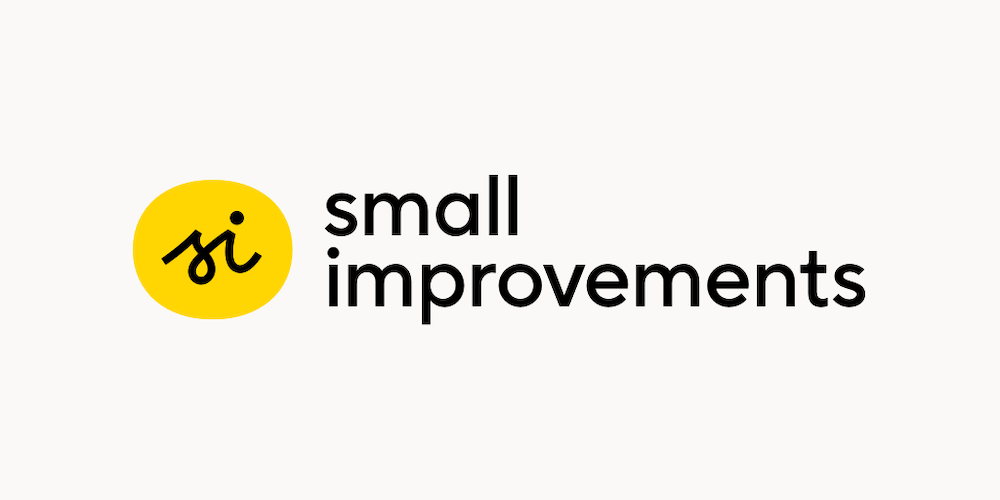When you’re thinking about running a pulse survey, the questions you’ll ask are bound to be top of mind. There is a myriad of templates to choose from, as these frequent, lightweight employee feedback rounds allow companies to get answers to a wide range of questions in real time.
A study by Harvard Business Review showed that well-written survey questions increased response rates from 33% to 64%. Great survey questions reduce bias, improve the accuracy of results, and create more actionable responses for HR teams.
Here we’ll first share some science-backed tips for writing effective pulse survey questions and then dive into example questions that you can use as inspiration for your next pulse survey. Let’s get started!
Tips for writing pulse survey questions
Before writing pulse survey questions, think about the following:
- Watch out for leading and loaded questions. Leading questions imply something is good or bad. Loaded questions imply that something is already the case, eg. “what problems do you have with your manager?” – it implies that problems already exist.
- Avoid double-barrelled questions. These are questions where you ask two distinct things in one question, eg. “Do you feel proud and motivated in your role?”
- Don’t use double-negatives. For example, “I don’t think that the company doesn’t value everyone’s opinions.”
- Be concise and ask about real behavior. More words mean more room for misinterpretation. And remember to ask about observable behavior rather than thoughts or motives which can lead to unclear, less actionable responses.
- Keep it fair. Make your answer choices or scales fair and balanced. Including a neutral point can help to make neutral responses more acceptable, as people have a tendency to prefer to answer yes, or positively to statements.
- Use language your people recognize. Maybe you use “squads” rather than “teams” in your organization. Also, consider how different teams interpret certain words, eg “feedback” can mean employee feedback, customer feedback, or product feedback – it depends on who’s asking!
- Put yourself in participants’ shoes. Not literally. But consider the mindset of your survey taker. How would you approach this survey if it arrived in your inbox?
With these tips under your belt, you’ll be well-positioned to write unbiased surveys that offer actionable results. Now let’s dive into some topics you could cover in your survey.
Pulse survey question templates
Here are five of our favorite pulse survey templates, covering everything from psychological safety to employee engagement.
The pulse engagement survey
Evaluate employee engagement with this classic questionnaire.
- I am proud to work for [YourCompany]
- I see myself still working here in two years’ time
- When something unexpected comes up in my work, I usually know who to approach for help
- [YourCompany] motivates me to go beyond what I would in a similar role elsewhere
- I feel aligned with the company goals
- I know what I should do to help the company meet its goals
- I would recommend [YourCompany] as a good place to work
The temperature check
Check-in on current workload and achievements.
- How are you doing this week?
- How manageable is your workload this week?
- How is your team performing?
Diversity & inclusion
Measure the state of diversity and inclusion in your organization.
- People of all cultures and backgrounds are respected here
- Perspectives like mine are included in the decision making at [YourCompany]
- I can voice a contrary opinion without fear of negative consequences
- I feel comfortable going to my HR with complaints (e.g. harassment or bullying)
- I believe my leadership team genuinely cares about inclusion
Psychological safety
Try these questions adapted from Amy Edmonson’s research pioneering this topic.
- When someone makes a mistake in this team, it is rarely held against them
- In this team, it is easy to discuss difficult issues and problems
- In this team, people are not rejected for being different
- It is completely safe to take a risk on this team
- It is easy to ask other members of this team for help
- Members of this team value and respect each others’ contributions
Remote work
Look for signs of the most common issues that can hamper remote teams.
- I would recommend remote work to other people in similar roles to me
- I rarely feel lonely when working remotely
- At [YourCompany], there are clear expectations on how employees should give and receive communications
- My manager trusts me to carry out works tasks
- At [YourCompany], we work transparently to increase the share of information



